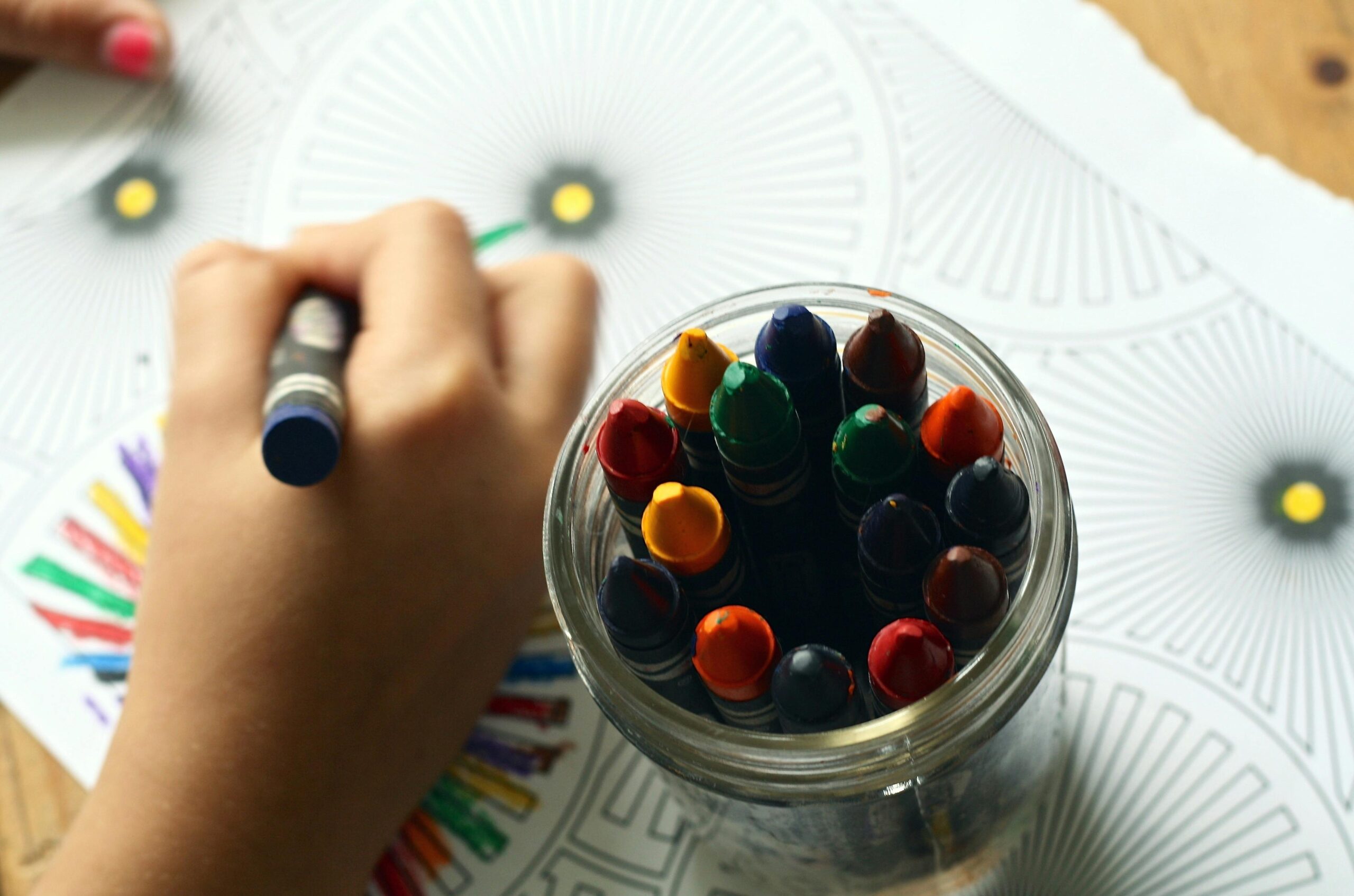Early recognition and intervention are crucial when it comes to addressing learning disabilities in children. Identifying these challenges early can make a significant difference in a child’s academic performance, self-esteem, and long-term success. In this article, we will explore the importance of early recognition, the signs and symptoms of learning disabilities, and strategies for addressing these issues effectively.
Understanding Learning Disabilities
Learning disabilities are neurological disorders that affect the brain’s ability to receive, process, store, and respond to information. These disorders are not indicative of a child’s intelligence; rather, they impact specific skills such as reading, writing, math, and executive functioning. Common learning disabilities include dyslexia (reading difficulties), dysgraphia (writing difficulties), dyscalculia (math difficulties), and attention-deficit/hyperactivity disorder (ADHD).
The Importance of Early Recognition
Early recognition of learning disabilities is vital for several reasons:
- Improved Academic Outcomes
Early identification allows for timely intervention, which can help mitigate the academic challenges associated with learning disabilities. Children who receive support early on are more likely to succeed in school and develop effective learning strategies.
- Enhanced Self-Esteem and Confidence
Children with unaddressed learning disabilities often struggle with low self-esteem and frustration due to repeated academic failures. Early intervention helps build their confidence by providing them with the tools and support they need to succeed.
- Better Long-Term Outcomes
Addressing learning disabilities early can have a lasting impact on a child’s future. Early support can lead to improved educational attainment, better career opportunities, and enhanced quality of life.
Recognizing the Signs of Learning Disabilities
Recognizing the signs of learning disabilities can be challenging, as they often vary from child to child. However, there are some common indicators that parents and educators can look for:
- Difficulties with Reading and Writing
Children with dyslexia may have trouble recognizing letters, learning letter sounds, and decoding words. They may also struggle with reading fluency, spelling, and writing coherently.
- Challenges with Math Skills
Children with dyscalculia may find it difficult to understand number concepts, perform basic calculations, and grasp math-related vocabulary. They may also struggle with spatial reasoning and visualizing math problems.
- Problems with Attention and Focus
Children with ADHD may have difficulty sustaining attention, following instructions, and completing tasks. They may also be impulsive, hyperactive, and prone to distractions.
- Difficulty with Motor Skills
Children with dysgraphia may struggle with fine motor skills, making writing difficult. Their handwriting may be illegible, and they may have trouble organizing their thoughts on paper.
- Struggles with Memory and Organization
Children with learning disabilities may have trouble with short-term and working memory, making it difficult to retain information and follow multi-step instructions. They may also struggle with organizational skills and time management.
- Social and Emotional Challenges
Children with learning disabilities may experience social difficulties, such as trouble reading social cues, making friends, and understanding others’ perspectives. They may also experience anxiety, depression, and low self-esteem.
Strategies for Addressing Learning Disabilities
Once a learning disability is recognized, it is essential to develop a comprehensive plan to address the child’s needs. Here are some strategies that can help:
- Seek Professional Evaluation and Diagnosis
A thorough evaluation by a qualified professional, such as a psychologist or educational specialist, is crucial for diagnosing learning disabilities. This evaluation will help identify the child’s specific challenges and strengths, guiding the development of an appropriate intervention plan.
- Develop an Individualized Education Program (IEP)
An IEP is a customized plan that outlines the child’s specific educational needs, goals, and the services they will receive. The IEP should be developed collaboratively by parents, teachers, and specialists, and should be reviewed and updated regularly.
- Implement Evidence-Based Interventions
Interventions should be based on the child’s specific needs and supported by research. For example, children with dyslexia may benefit from structured literacy programs, while children with ADHD may benefit from behavioral interventions and executive function training.
- Provide Accommodations and Modifications
Accommodations, such as extra time on tests, preferential seating, and assistive technology, can help level the playing field for children with learning disabilities. Modifications, such as adjusting the curriculum or assignments, can also be helpful.
- Foster a Supportive Learning Environment
Creating a positive and supportive learning environment is essential for children with learning disabilities. This includes providing positive reinforcement, encouraging a growth mindset, and fostering strong teacher-student relationships.
- Collaborate with Educators and Specialists
Collaboration between parents, teachers, and specialists is crucial for supporting children with learning disabilities. Regular communication and teamwork can ensure that the child’s needs are being met and that interventions are effective.
- Promote Self-Advocacy and Independence
Teaching children to advocate for themselves and their needs is an important skill. Encourage children to understand their learning disability, seek help when needed, and develop strategies for managing their challenges.
- Provide Emotional and Social Support
Addressing the emotional and social aspects of learning disabilities is crucial. Providing counseling, social skills training, and opportunities for peer support can help children develop resilience and cope with their challenges.
Conclusion
Recognizing and addressing learning disabilities early is essential for ensuring that children receive the support and services they need to succeed. Early intervention can lead to improved academic outcomes, enhanced self-esteem, and better long-term prospects. By being aware of the signs of learning disabilities and implementing effective strategies, parents and educators can make a significant difference in the lives of children with learning disabilities. Remember, every child has unique strengths and potential, and with the right support, they can achieve their goals and thrive.

Leave a Reply